
Despite fluctuations in the footwear industry (such as the relatively recent embrace of “maximalist” shoes by manufacturers), the interest in more minimalist footwear continues, with many consumers wanting to try something new and novel. More and more minimalist footwear companies are popping up, and many conventional shoe manufacturers are still offering “minimalist” models for the subset of their customer base interested in less shoe. We welcome this change in mindset from the major shoe manufacturers, though we’re sometimes puzzled by what companies label as minimalist or “barefoot.” If the goal of minimalist shoes is to allow the user a more barefoot type of experience, then most manufacturers are still not getting it right. Here’s why.
What's A True Minimalist Shoe?

A true minimalist shoe, according to our definition, is no more (or no less) than a protective covering and ornamental dressing that allows your foot to function like a bare foot inside the shoe. In order for a shoe to do this, it must incorporate four very important design features that encourage optimal natural foot health and function. These four design features include:
-
A sufficiently wide toe box to allow for natural toe splay (i.e., no tapering toe boxes)
- A completely flat sole from heel to toe (i.e., no heel elevation or toe spring)
- A sole that can easily be bent or twisted in multiple directions
- An overall lightweight design
For a more in-depth review of what constitutes a foot-healthy shoe, please see our article entitled Definition of a Healthy Shoe. For a more thorough consideration of footwear features to avoid, please see our article entitled Problematic Shoe Design Features.
A Major Design Flaw Not Considered

Most minimalist shoes we’ve seen possess perhaps two or three of the key foot-healthy characteristics mentioned above, though, almost universally, manufacturers fail to incorporate a sufficiently wide toe box into their minimalist designs. We can’t stress enough the importance of this design feature in supporting both short-term and long-term foot and lower extremity health. Your toes are absolutely crucial to proper foot function and health, and ensuring they are properly splayed, especially during weight-bearing activities such as standing, walking, and running, means significantly reducing your chances of developing common—and sometimes debilitating—foot ailments, such as bunions, crooked toes, plantar fasciosis, and osteoarthritis.

Indeed, a true minimalist shoe takes into consideration normal, healthy foot anatomy and respects the fact that the widest part of your foot should be at the ends of your toes, not the ball of your foot. The gold standard for assessing toe box width in minimalist shoes is whether or not the shoe can accommodate Correct Toes toe spacers. Correct Toes gently realigns your toes in their normal anatomical position, which is in line with their corresponding metatarsal bones. If the shoe can accommodate Correct Toes without pinching or encroaching on your toes, then you can be reasonably confident that the shoe will help, not hinder, foot form and function.
SHOP CORRECT TOES
Effects on Gait & Foot Strike

A true minimalist shoe does not include any motion control “technology” that could interfere with the natural functioning of your foot, celebrates the inherent strength and integrity of your foot, and acts as a thin protective layer between you and the surface upon which you walk. A true minimalist shoe should also encourage healthy gait patterns during both walking and running, and it should help you step lighter too (i.e., the shoe should encourage a lower-impact midfoot or forefoot strike). A midfoot or forefoot strike helps your body better handle or disperse the forces associated with bipedal movement and will help preserve the integrity of your joints and other tissues.

Helpful Exercise: To better understand the impact forces that occur during walking or running and how they differ between conventional and minimalist shoes, try plugging your ears (with earplugs, ideally) and then going for a short jog, first in conventional athletic shoes, then in minimalist athletic shoes. You should notice or experience (via feedback through your ears) quite a difference between these two very different types of footwear, as they encourage radically different gait patterns and resultant impact forces. Conventional shoes almost always (and inevitably, due to their design) lead to a jarring heel strike, whereas minimalist shoes encourage a smooth, controlled, and gentle footfall. In minimalist shoes, you should feel your forefoot effortlessly seeking out the ground in front of you, and you should experience much quieter feedback through your plugged ear as you pad along.
Actionable Steps You Can Take

We encourage you to use the information in this post when shopping for minimalist shoes. Look at the shoes using a critical eye, examining them based on the criteria we listed above. Handle the shoes, noting their flexibility and their potential for both comfort and performance. And most importantly, try on the shoes, if you can, to see how they feel on your feet during various types of weight-bearing activity. One additional simple and helpful thing you can do when assessing minimalist (or other) footwear in person is to perform the Shoe Liner Test. This illuminating test will help you know for sure if a given shoe is wide enough for your foot and toes. Be sure to wear your Correct Toes while performing this test to get the most accurate results.
Some Examples of Foot-Healthy Minimalist Shoes

We at Natural Footgear feature a number of foot-healthy minimalist shoe options for men and women on our website. We want to share with you here some of our absolute favorites—ones that check off all the boxes when it comes to features or design elements we've found to be most beneficial in achieving optimal foot form and function. And here they are:
Lems Primal 2 Shoes

The Lems Primal 2 is one of the most comfortable shoes we have ever tried, and it meets all of our criteria for a truly foot-healthy minimalist shoe. With its flat and supremely flexible sole and generous toe box, the Primal 2 is a durable and versatile option for those hoping to achieve foot health naturally.
SHOP LEMS PRIMAL 2 SHOES
Ahinsa Bindu 2 Barefoot Shoes

The Ahinsa Bindu 2 Barefoot is a lightweight and minimalist casual shoe that's handmade in the Czech Republic using high-quality, regionally-sourced materials. Incorporating one of the widest toe boxes we've ever seen, the Bindu 2 Barefoot is Correct Toes compatible and truly lets your toes roam free. This shoe also has a flat, flexible sole and low overall stack height.
SHOP AHINSA BINDU 2 BAREFOOT SHOES
Xero Z-Trail Sandals

The Xero Z-Trail is a warm-weather minimalist sports sandal or “shoe” that’s perfect for a wide variety of activities, from hiking to running to camping to water sports. Featuring a flexible zero drop sole and wide footbed, the Z-Trail is a lightweight option for those who enjoy an open-toe footwear experience.
SHOP XERO Z-TRAIL SANDALS
If you are planning to make the switch from conventional shoes to minimalist or minimalist-like shoes, we encourage you to read this article on how to safely and successfully make the transition.

WANT TO IMPROVE YOUR FOOT HEALTH?
Let the team at Natural Footgear help you! Subscribe to our newsletter for the latest offers and helpful info, and sign up for our FREE email courses on various topics and foot health conditions.
Sign Up →
Want to Improve Your Foot Health?
We are here to help you every step of the way. Get our newsletter for the latest offers and helpful info, and sign up for our FREE email courses on various topics and conditions, including bunions, hammertoes, neuromas, plantar fasciosis, shin splints, ingrown toenails, and more.
Sign Up →
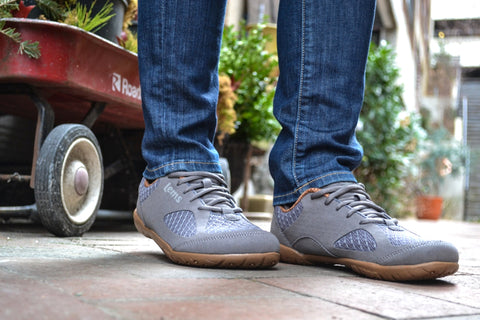 Many people are aware that a transition period is required when switching from conventional shoes to minimalist shoes (now sometimes referred to as “functional footwear”). In fact, this is one of the most common topics we hear about from patients and customers. Most people want to know the proper protocol for transitioning to men's or women's foot-healthy footwear—shoes, boots, or sandals that are widest at the ends of the toes,...
Read more
Many people are aware that a transition period is required when switching from conventional shoes to minimalist shoes (now sometimes referred to as “functional footwear”). In fact, this is one of the most common topics we hear about from patients and customers. Most people want to know the proper protocol for transitioning to men's or women's foot-healthy footwear—shoes, boots, or sandals that are widest at the ends of the toes,...
Read more













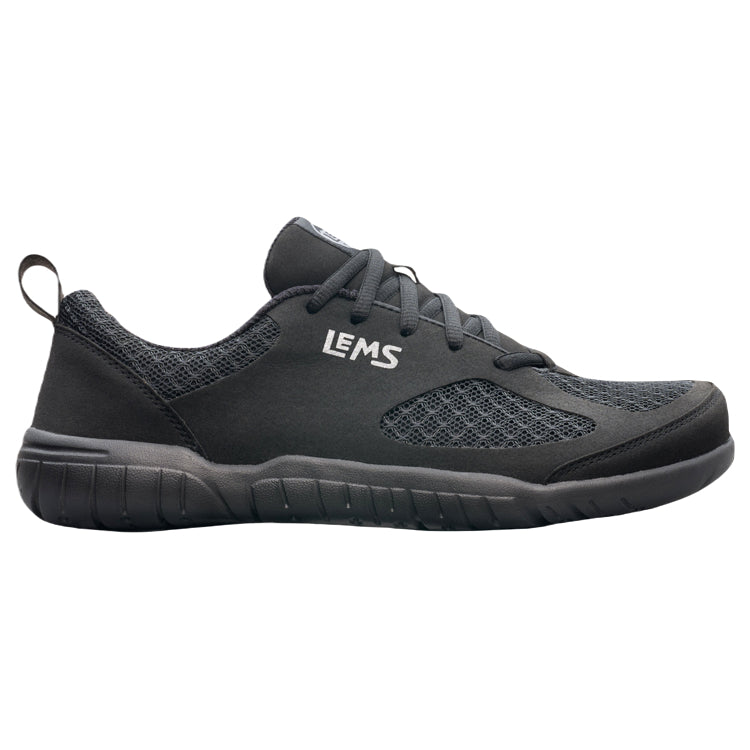
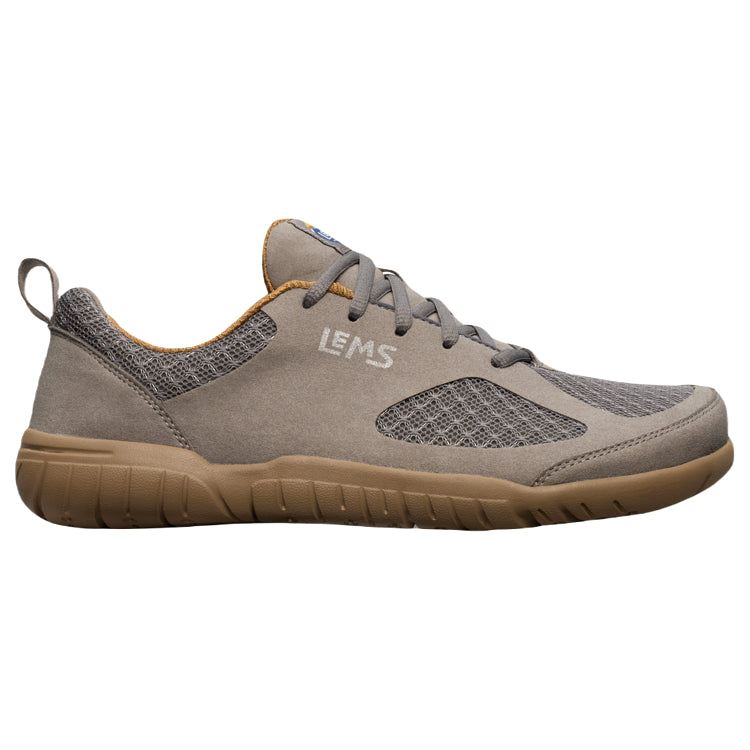
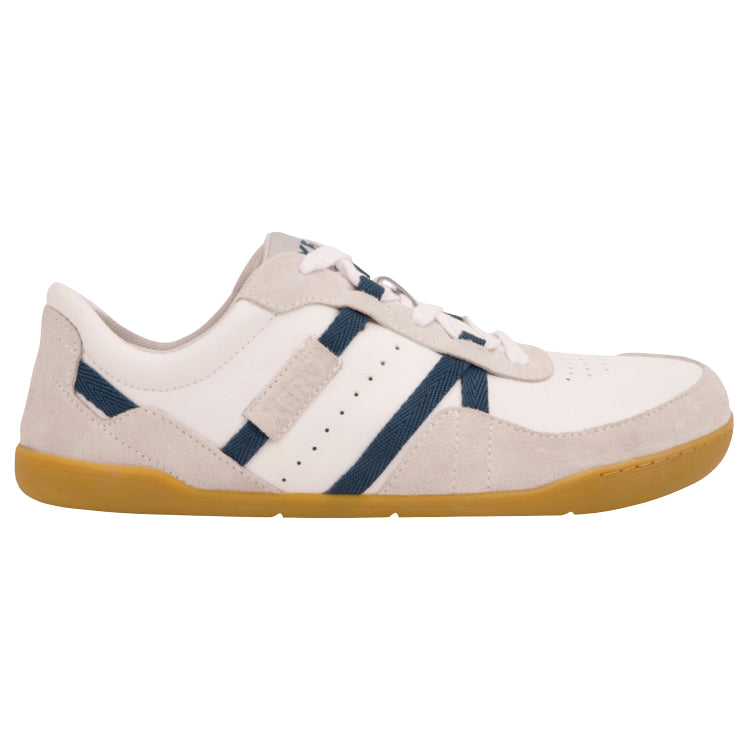
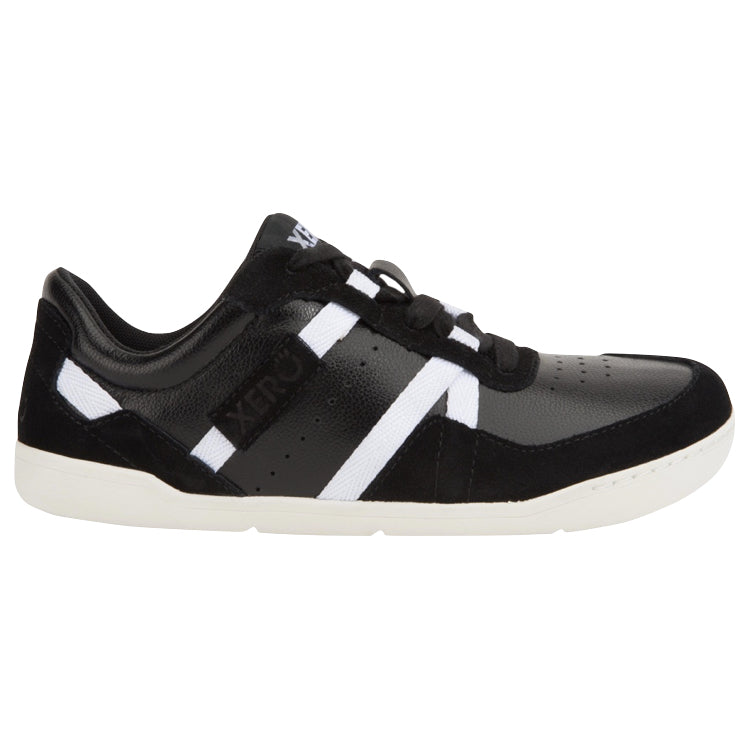
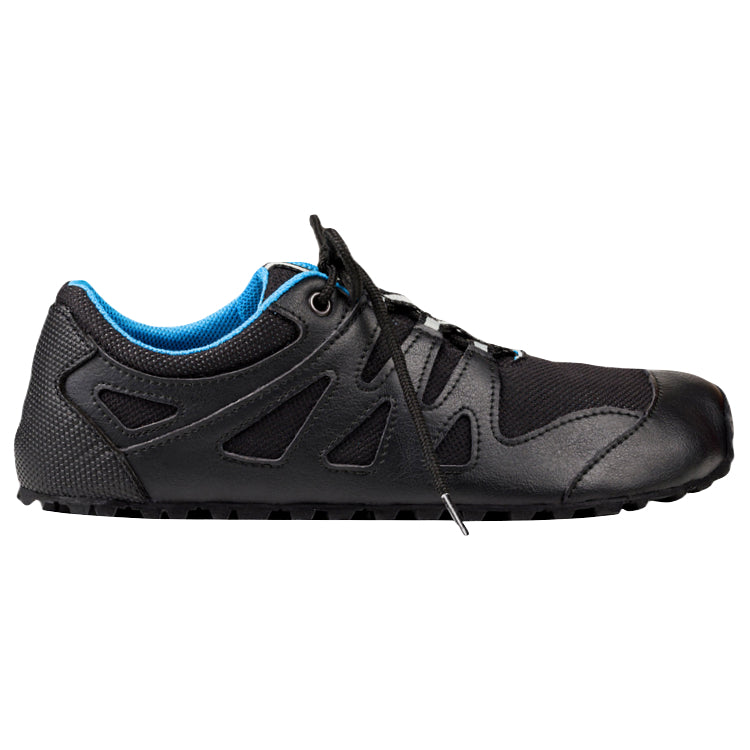
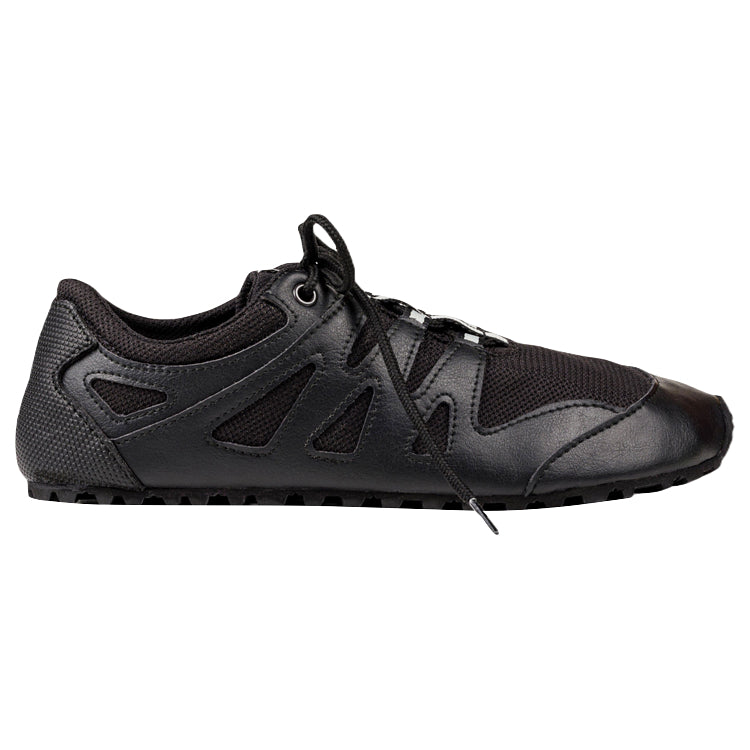
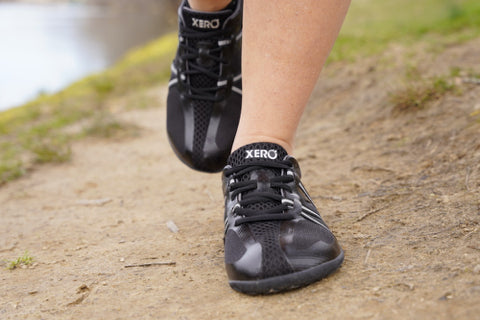

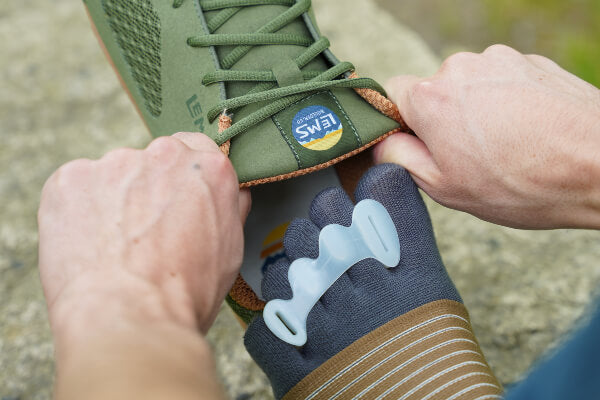
When is someone going to make a lightweight and zero drop safety work boot for people with wide feet? The safety footwear industry is killing construction workers’ mobility over their lifetime.
That’s a fantastic question, Steve! And you’re absolutely correct that safety footwear is wreaking havoc on millions of sets of feet. Currently, the lack of a zero drop, wide toe box safety work boot represents one of the largest and most significant gaps in the footwear industry. An entrepreneurially-minded individual could do quite well (and help so many people along the way) by bringing just such a product to market. If something that fits the bill ever comes along, we’ll be sure to mention it in the Natural Footgear newsletter, which you can sign up for here:
www.naturalfootgear.com/pages/newsletter-courses
All the best to you, Steve,
Marty Hughes, DC
Thanks for your article, Marty! I’m very interested in the connection between shoe weight and gait (i.e., heel strike, knee flexion, etc. vs weight near the extremity of the leg). Could you recommend any further reading or resources on this? Thank you kindly.
Hi, Glendon,
Thank you for your question. You might consider digging into the resources found on Dr. Dan Lieberman’s barefoot running biomechanics website:
www.barefootrunning.fas.harvard.edu
This should be enough to get you started! You can then branch out from there to review more studies on this topic.
Kind regards,
Marty Hughes, DC
I had never heard the terms “minimalist shoe” or “zero drop” until today. The concept is very intriguing, and I’d like to try it. However, I wonder about arch support. I currently wear Keen shoes because they have wide toe boxes and use Sole Supports. (I’m 68 years old, so my feet have been squashing down for a long time.) Suggestions? BTW, thanks for the very informative article.
Hi, Craig. Thank you for your comment, and thank you for taking the time to read our article and share your thoughts! We appreciate your curiosity about minimalist shoes and the concept of zero-drop footwear. Indeed, we think it’s great that you’re exploring alternative approaches to footwear for the long-term benefit of your feet and foot health, and we are happy to assist in this process however we can.
Considering your current footwear preferences, transitioning to minimalist shoes can indeed be a positive step toward promoting natural foot movement. We understand your concern about arch support, especially given your longstanding use of more conventional footwear and arch orthotics. It’s important to note that minimalist shoes—especially when paired with other helpful footgear, such as Correct Toes—typically render traditional arch support redundant, as they aim to allow the foot’s own arches to function optimally. While this might feel different initially, many people find that the improved foot mechanics associated with minimalist footwear can contribute to increased foot strength and overall comfort over time.
For most people in their upper 60s (and, really, for most people in general), transitioning gradually is key. Begin by incorporating minimalist shoes and other helpful footgear into your routine for short periods, allowing your feet to adapt gradually. It might also be beneficial to consult with a foot care professional to ensure a smooth transition based on your specific foot health needs. Remember, every foot is unique, and finding the right balance that suits your individual comfort and health is crucial. We’re thrilled that you found our article informative, and we wish you all the best on your journey toward healthier, happier feet!
Yours in Foot Health,
Drs. Marty & Robyn Hughes
This was a VERY enlightening read. Thank you. What concerns me the most with transitioning to these types of shoes is the heat. It routinely gets over 110 degrees here 30+ days a year and over 100 degrees almost 150 days a year, so … how much heat will my poor foot be subjected to while living my everyday life in barefoot shoes?
Hi, Derrick. Thank you very much for your comment and question. For sure, in hotter climates, it pays to give your footwear careful consideration. The good news is that feet often fare better in foot-healthy minimalist shoes (aka “barefoot” shoes) in warmer temperatures. Compared to conventional footwear, minimalist shoes tend to be lighter and airier, incorporating breathable materials into the upper and, in some cases, mesh paneling that creates good airflow. This allows your feet to stay cool and comfortable on the warmest of days. Also, because of their sock-like fit and feel, you can use many minimalist shoes without a sock to further reduce heat buildup inside the shoe (good examples of this include the Xero HFS II, Lems Primal 2, Astral Loyak, and Ahinsa Chitra Run Barefoot).
If you’re concerned about moisture accumulation within the shoe when using it sockless (or if you’re worried about strong shoe odors developing), you can always sprinkle in some Dr. Swaim’s Medicated Body and Foot Powder on a periodic basis. This will assist with moisture absorption and help neutralize odors. Finally, if you really want to ensure the coolest possible foot in blazing temps, you might consider adopting a sports sandal, such as the Luna Mono or Xero Z-Trail EV. Both models expose your foot to light and air while keeping your foot securely in place. Many people who live in warm-weather climates find this to be an excellent option for ensuring foot function and comfort while out and about.
We hope this info helps! If you have any follow-up questions, please don’t hesitate to reach back out.
Yours in Foot Health,
Drs. Marty & Robyn Hughes
How do I know if I’m ready to switch to minimalist footwear?
Hi, Michelle. Thank you so much for your comment, and thank you for your important question. Deciding to switch to minimalist footwear is a crucial step in promoting natural foot health and improving foot function, but it’s essential to assess your state of readiness before embracing this change. In this vein, there are a number of factors to consider when determining if you’re ready to make this transition. From our perspective, then, the following are the most important things to evaluate when considering whether to switch to minimalist footwear:
Current Foot Health: We recommend that you assess the health of your feet. Are you experiencing any pain, injuries, or chronic issues? If you have specific foot conditions, it may be wise to consult a healthcare professional before making the switch. Ideally, your feet should be relatively healthy and strong to start or, at least, moving in that direction.
Foot Strength and Flexibility: We also suggest that you evaluate the strength and flexibility of your feet. If you have been regularly engaging in exercises that promote foot strength—like the short foot exercise, balance exercises, or yoga—you’re likely more prepared for minimalist footwear. These activities can help strengthen the intrinsic muscles of your feet and improve overall flexibility.
Gradual Transition: Consider whether you’re prepared for a gradual transition. Minimalist footwear can feel quite different from traditional shoes, and jumping in too quickly may lead to discomfort or injury. Start by wearing minimalist shoes for short periods, gradually increasing the duration as your feet adapt. Most people find that they experience gains in foot health and function fairly quickly.
Natural Movement: Reflect on your current activity level. If you frequently engage in activities that promote natural movement, like walking, running on varied surfaces, or practicing barefoot exercises, you’re likely already primed for a switch. If most of your activities are done in heavily cushioned shoes, you may need to adjust your routine first.
Mindset: We encourage you to be open to the change. Transitioning to minimalist footwear is as much a mental shift as it is a physical one, and we encourage you to embrace the idea of reconnecting with the ground and enhancing your foot’s natural function. If you’re excited about exploring the benefits of minimalist shoes, that’s a great sign that you may be ready for a footwear change.
Listening to Your Body: Pay attention to how your body feels during and after wearing your current shoes. If you feel restricted or uncomfortable, it might be a sign to explore a more natural option. Trusting your instincts and being aware of your body’s signals is crucial in this journey. Based on our experience, though, many people who wear conventional footwear aren’t always aware of just how uncomfortable these shoes are until after the switch is made.
Research and Education: Educate yourself on the principles of minimalist footwear and the biomechanics of natural movement. Understanding how minimalist shoes can enhance your foot health will help you make informed decisions and set realistic expectations for your transition. There is an abundance of information on our site and elsewhere online about the many merits of a more natural approach to foot care, footwear, and foot health.
To sum up then, if you find that your feet are healthy, strong, and ready for a gradual change, and if you’re eager to pursue a more natural way of moving, you’re likely ready to switch to minimalist footwear. Remember, the key to a successful transition is patience and listening to your body’s needs. It’s usually also helpful to adopt other natural foot health tools and techniques to support this transition. If you already work with a foot care professional, a strength and conditioning coach, or a movement instructor, it’s always a good idea to have this conversation with them, too, to get their opinion on the best way for you to proceed. At the end of the day, though, the decision is yours to make, and if you have any follow-up questions we can answer, we are very happy to assist however we can!
Yours in Foot Health,
Drs. Marty & Robyn Hughes
I used to swear by the comfort of New Balance 508 and Walking Company orthotic inserts, as I could never walk barefoot without hobbling. After a few days of switching to Xero Oswego shoes (kind of like slippers or socks with tread), I can now walk comfortably barefoot with no pain. I used to kick my shoes off when I sat down, but now I dread taking off my comfy Oswegos! I also got a pair of Xero HFS shoes, and they are just as comfy and good outdoors. Now, when I wear my New Balance 508s, I feel my foot being squished, my foot pain returns, and I can’t fathom how I ever thought they were comfortable.
I’m happy to hear that you’ve been enjoying your Xero shoes, Eric! Once you make the switch, there’s just no going back. Here’s wishing you much continued success in your foot health journey.
All the best,
Marty Hughes, DC
I really wish there was a directory of Natural Footgear-friendly professional foot care providers. I have been wearing shoes recommended by you and Correct Toes for a year and a half and will never go back to the things I used to wear on my feet. But I’d really like to find the services of an appropriate foot health professional that I can meet with in person. I haven’t yet found one in southeast Pennsylvania. Thanks for any advice.
Hi, Richard,
Thank you for your comment. We’ve put together an article that contains key questions to ask any prospective local foot care provider, and you can find that here:
www.naturalfootgear.com/blogs/popular-q-a/what-questions-should-i-be-asking-a-prospective-foot-care-provider
Also, you might consider using the “Store Locator” function on the Correct Toes website, as it lists a number of healthcare practices that sell the Correct Toes device:
www.correcttoes.com/foot-help/store-locator/
This is an indication that these clinics are familiar, at least to some degree, with natural foot care approaches. You’ll want to call ahead, though, to get a sense of how your care will be handled before booking an appointment.
I hope this info is helpful!
Kind regards,
Marty Hughes, DC
I’m experiencing pronation, especially in my left foot and ankle. Is it common to experience this during the initial break-in period for a minimalist shoe?
Hi, David,
Thank you for your comment. Yes, it’s common to experience some pronation or foot fatigue during the initial break-in period of minimalist shoes. This is because your feet are adjusting to a more natural range of motion, and the muscles, tendons, and ligaments may be working in new ways. Be sure to gradually increase your wear time to allow your feet to adapt without overstraining. If the pronation feels excessive, you may want to use a foot and ankle trainer—such as the BlackBoard Basic or Naboso Kinesis Board—to help build lower leg strength and stability and assist with the transition.
Kind regards,
Marty Hughes, DC
Thank you for all the great information. I’m using Correct Toes toe spacers and looking forward to seeing progress. What are your thoughts on the Xero Mesa Trails? I have heard good reviews, but also that they are more narrow than some other minimalist shoes. I do have wide feet. Thanks!
Hey, Dustin!
Thank you for your question. The Xero Mesa Trails are highly regarded for their flexibility and comfort! In our experience, we have found them to be sufficiently wide to accommodate Correct Toes for most sets of feet. If you have relatively wide feet, you might consider removing the included (optional) insole to achieve a better fit. It’s great to hear you’re already using Correct Toes, as that will help improve your foot and toe health on a number of levels.
Kind regards,
Marty Hughes, DC
I am looking for a wide toe box, slip-on shoe to wear around the house; however, I don’t see myself ever wearing barefoot shoes. I need something that accommodates my very structured orthotic and prevents much lateral movement. I also have a bunion. I just started using toe spacers to help with that and my hammertoes. Recently, I got some Hokas for outside, but I need something for inside the house. Going barefoot inside is not possible with my problem feet. Thanks.
Hello, Lynda,
Thank you for your comment. For a wide toe box, slip-on shoe that accommodates a structured orthotic, you might consider using a zero-drop model such as the Lems Laguna. This model is comfortable, possesses a wide toe box, and has plenty of room for an orthotic device while keeping lateral foot movement to a minimum. Just a thought! It’s really great to hear that you’ve started using toe spacers to address your bunion and hammertoes—that proactive approach will be helpful in boosting your long-term foot health.
All the best,
Marty Hughes, DC